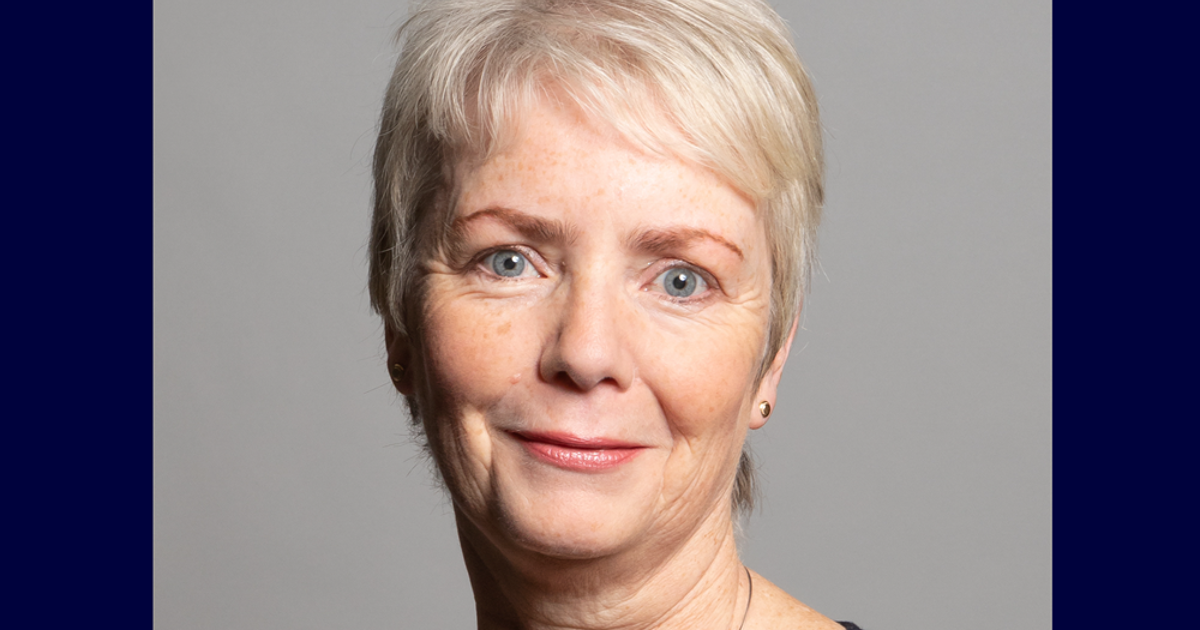
A day after the U.K. Supreme Court ruled that trans women are not to be considered women under the 2010 Equality Act, one government official struggled to explain what locker room trans women should now use.
“It’s a large complex issue,” Labour Minister of State for Secondary Care Karin Smyth told Times Radio when asked what changing room trans women should use now, “so that’s why people have to be very clear on that guidance.”
Related
What is a TERF? Unpacking Trans Exclusionary Radical Feminism
Curious about what a TERF is? Learn who trans-exclusionary radical feminists are and their troubling views on trans people.
On Wednesday, the nation’s supreme court ruled that the 2004 Gender Recognition Act – which created Gender Recognition Certificates (GRCs) for trans people – does not determine a person’s gender in all matters of the law in a lawsuit brought by the anti-trans organization For Women Scotland against the Scottish government. The court ruled that the 2010 Equality Act defines women based on “biological sex,” an expression the court used to refer to sex assigned at birth and not one’s current anatomy.
Never Miss a Beat
Subscribe to our newsletter to stay ahead of the latest LGBTQ+ political news and insights.
Subscribe to our Newsletter today
But it doesn’t seem that everyone is very clear on how to interpret the ruling. Smyth said that rules around what locker rooms trans women should use depend on a multitude of factors and could result in a complicated array of results for different cases.
“Look, I think we need to make sure that in this discussion we are following both the law so that is clear for women and for service providers and you know… this varies upon what the provision of those service providers are. Large organisations, smaller organisations, many smaller organisations,” she said. “Because some will have unisex provisions there might only be one bathroom, one changing room in an organisation.”
She was then asked to provide more clarity for the public, and she said, “Female changing rooms should be used by women.”
When asked where trans women should get changed, she continued to dodge the question.
“It’s important that a trans woman or a trans man also has dignity in their use of public spaces,” she said. “The use of public spaces is also a wider issue for all sorts of people who feel they don’t have access to public spaces.”
But Equality and Human Rights Commission Chair Baroness Kishwer Falkner saw more clarity in the ruling, saying that trans women must now use men’s locker rooms if an establishment is offering “single sex” spaces.
“It means single sex services, like changing rooms, must be based on biological sex,” she said of the ruling on a BBC radio program. “If a male person is allowed to use a women only service or facility, it isn’t any longer single sex, then it becomes a mixed sex space.”
“But I have to say, there’s no law that forces organisations to provide a single sex space, and there is no law against them providing a third space, an additional space, such as unisex toilets, for example.”
She then suggested a “neutral third space” for trans people and said that trans people should “be using their powers of advocacy to ask for those third spaces.”
Yesterday’s ruling was denounced by transgender rights advocates. Scottish Trans leader Vic Valentine said that it “reverses twenty years of understanding on how the law recognizes trans men and women with Gender Recognition Certificates.”
“The judgment seems to have totally missed what matters to trans people – that we are able to live our lives and be recognized in line with who we truly are.”
“This judgment seems to suggest that there will be times where trans people can be excluded from both men’s and women’s spaces and services. It is hard to understand where we would then be expected to go – or how this decision is compatible with a society that is fair and equal for everybody.”
Kerrie Meyer, the founder of Shetland Islands Pride, said that the ruling puts the “security and wellbeing of all transgender people… in jeopardy.”
“The Supreme Court’s ruling has created severe implications for all trans people and has failed to take into account the dire consequences and untenable results that will occur.”
The case itself was a response to a 2018 bill passed by the Scottish government to create quotas for women on certain public sector boards. The government then said that trans women would be counted as women for the purposes of the quotas, which upset TERFs in the U.K. TERFs are anti-trans advocates who often frame their arguments in the language of feminism.
The TERF organization For Women Scotland argued that the 2010 Equality Act’s definition of “sex” and “women” are based on sex assigned at birth, arguing that sex is an “immutable biological state.” The Scottish government said that the 2004 Gender Recognition Act made it so that getting a GRC changes one’s sex “for all purposes.”
The court ultimately sided with For Women Scotland but said that the Equality Act “gives transgender people protection, not only against discrimination through the protected characteristic of gender reassignment, but also against direct discrimination, indirect discrimination, and harassment in substance in their acquired gender.”
Subscribe to the LGBTQ Nation newsletter and be the first to know about the latest headlines shaping LGBTQ+ communities worldwide.